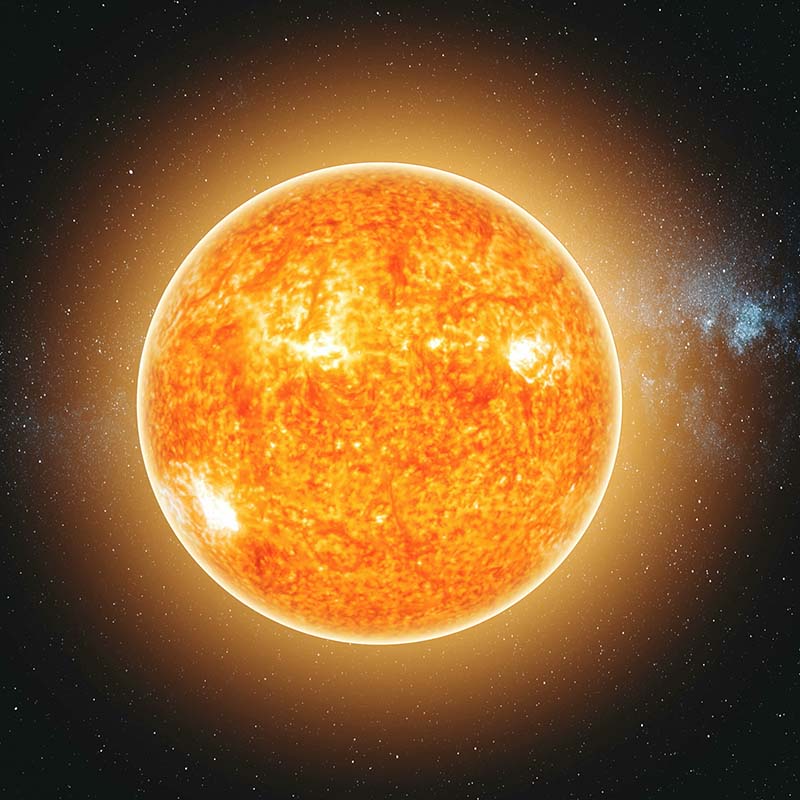16 and Bee

By: Anton G.Year: 2024School: Costa Mesa HighGrade: 9Science Teacher: Paul Serio Honeybee colonies are facing numerous threats, including pesticides, parasites, diseases, and the invasion of difficult-to-manage African Hybrid Bees (AHB). Introduced inadvertently in Brazil in the 1950s, these African bees have spread as far north as California, replacing many feral European honeybee (EHB) colonies. To address this growing …









